As I’m writing this, and in all likelihood while you’re reading this, New York Comic Con is going on at the Javitz Center in Manhattan. It’s a hometown show, so I made it a point to attend on Thursday, though I’m not planning to go back into the city for the rest of it. It’s a good time, but having already done two other conventions, Baltimore and San Diego, in the last couple of months, I’m kind of conventioned out. Still, I got to see a lot of people that I’ve been working with and press the flesh a little bit. And I was on the Marvel: Next Big Thing panel that opened up that was one of the first at the show, where we talked about a bunch of upcoming X-Men and Fantastic Four stuff, including the RAID ON GRAYMALKIN crossover and the line-wide ONE WORLD UNDER DOOM. The Marvel booth was adorned with a life-size rendition of the Emperor and his dinosaur cou8nterpart which con-goers could be photographed against. We had to scramble to get this thing built in time, but hopefully people enjoyed commemorating the moment. Hail Doom!
As has become my pattern at these shows, I didn’t buy a single thing, though assorted people gave me copies of their books and samples of their work and their business cards and so forth, so I didn’t walk away empty-handed. But this does mean that there isn’t an I BUY CRAP section this time out. The big problem for me with buying stuff at conventions is that I have to thereafter carry whatever it is around for the rest of the show and through the commute home that follows. So anything I might want is measured against its weight and unwieldiness, and inevitably weight wins out. In certain cases, though not at this show, I’ve been known to come across something that catches my eye, pull out my phone and order the same item to be sent to my home. Welcome to the 21st Century! I still love the concept of a comic book convention, but the sheer scale of shows these days is a bit more than I can stand for any real length of time.
So how’s your week been then? And what’s on your mind? Let’s find out together as we dive into this week’s block of questions from the readers:
David Perlmutter
Is the Kanigher book still commercially available- or would you rather aspiring comic writers such as this author consult more contemporary volumes instead?
The Kanigher book is long since out of print, David. And having been written in 1943, the information that it contains is long since out of date for the most part. It’s an interesting historical curiosity, though, so it’s of interest to me. But if you want to write comic books today, I’d instead suggest Peter David’s, Denny O’Neil’s and Brian Bendis’ books on the subject instead.
Bizarnage
With the new Venom movie coming out I’ve always wondered what was the reason for moving from Eddie Brock to Mac Gargan in the Marvel Knights: Spider-Man series from 2004? I know you’ve expressed you didn’t really care for Eddie back in the day but it always seemed like Mac was a step down character wise.
I think that was just a choice that writer Mark Millar made as he was working on his MARVEL KNIGHT SPIDER-MAN storyline, Bizarnage. I don’t know that there was any deep thought behind it. Possibly, Mark felt that having a more known figure underneath the teeth and tongue of Venom would make the character more appealing—for the most part, Eddie Brock himself at that point was something of a nonentity. But I wasn’t involve with it, so I really couldn’t say for sure.
Ray Cornwall
So I recently read the most recent two issues of Amazing Spider-Man (58 and 59), and the fight scene between Spidey and Tombstone, to my eyes, is one of the finest fight scenes in comics I've ever seen. Zeb Wells and John Romita, Jr., put together a fantastic panel sequence over the issues. Every panel is important in setting the rhythm of the fight, and there's no shortcuts. The fight goes from the top of a skyscraper to the tracks of the New York subway. The fight scene isn't just a few choice poses; it's a choreographed extended fight scene that in my mind is one of the best things I've ever seen in comics.
I know it's not one of your books, but I was wondering if you saw these issues. And as someone who's read as many comics as anyone I know, do you have a favorite fight scene or two?
I haven’t had a chance to read these issues yet, Ray, though my comp boxes with them showed up on Friday, so I’ll likely get to them at some point over this weekend. But classic Marvel-style visual storytelling is one of JRJR’s strengths, so I have no doubt that it’s a well-choreographed sequence. In terms of noteworthy fight sequences, I think the most impactful one to me was the bout between the Thing and the Hulk in FANTASTIC FOUR #25. Despite some ill-suited inking, that battle follows the same sort of pattern as the one you speak of, with the fight ranging all across Manhattan in a logical fashion. I also used the Iron Man/Sub-Mariner battle from TALES TO ASTONISH #82 as an example to point to for artists and editors who I’m trying to educate on what makes for an excellent battle sequence. That one is also by Jack Kirby, which should come as no surprise. And I also love Scott McCloud’s celebration of mindless slugfests, DESTROY!
Jeff Ryan
In regard to the end of Deathlok, do most creators who find out their title is axed understand you're not doing it out of personal spite? That this probably isn't the best part of your day, either?
I don’t think I’ve ever had any creator get upset with me because their project was ending, Jeff, even if they may have become upset in general. Most everybody actually in the industry understands the market forces at work and they usually have some understanding as to how well their series is performing, so when a book hits the chopping block, it isn’t entirely unexpected. It wasn’t to us when DEATHLOK ended either, we were just hoping to be able to turn the situation around before we got to that point. Didn’t manage it, though.
STILES
Tom, the final pages of the From The Ashes books tease three mysterious new books that are on the way. Some people were theorizing that they could be Magik, Wolverine and Cable (titles already announced). Is there a bit of truth to this or are more new titles really on the way?
if I understand what you’re speaking about STILES, then I can tell you that the three books that weren’t a part of that initial announcement and promotion were DAZZLER, MYSTIQUE and SENTINELS, all of which you’ve seen already. But that doesn’t mean that we don’t have more stuff coming down the way, as I’ve teased in at least one X-MENTIONS page so far.
Jess Nevins
Well, *clearly* Marvel needs a librarian to watch over the collection in a hawk-like and unrelenting manner.
That just so happens to describe me! Where should I send my resume to?
Barn doo, Jess. Barn door.
Mark Coale
On the subject of the Marvel library, how much of the non superhero content is there? Romance, Western, Sci Fi, etc…
There really isn’t much of anything within the library that goes back that far, Mark, unless it’s been reprinted in collected form at some point. So it’s not just a matter of genre but of age and time.
HOXOR
I know Brian Braddock is not a mutant, but since we have Juggernaut in the X-Men, would there be a possibility of him joining a mutant team?!
Well, he’s done it before, HOXOR, so the possibility always exists.
Alex Segura
As a longtime Avengers and JL fan (and editor, of course), can you share what your favorite rosters were? As a reader, not as a shepherd of the group. Any reasons why? I guess I want a handle on what kind of Avengers or JL reader you were. Like, with the former, was it a case of always wanting the core seven? For the Avengers, did you lean more toward Cap/Thor/Iron Man, or were you intrigued by B-listers?
I think that this almost always has a lot to do with when you started reading the titles in question, Alex. So for me, I came into Justice League during the 1970s satellite era, and so that crew always registers as the quintessential Justice League to me. And I liked the “Big Seven” version of the Grant Morrison era, even if I wasn’t wind about all of the additions that Grant added to that cast along the way. On the Avengers, I came in during the Jim Shooter/George Perez/John Byrne period, so that’s foundationally what clicks with me, the founders plus a number of classic additional heroes of that era. I also have a strange love for Cap’s Kookie Quartet as their stories were being reprinted around that time, and that includes the later additions of Goliath and the Wasp. From an editorial point of view, what I doped out after some trial and error was that in order for a line-up to feel like the Avengers, you needed to have at least two of the founders as a part of it. (And Hank and Jan together weren’t enough by themselves.)
Mark Coale
which do you prefer as the team model: once a member, always a member like the JLA or discrete teams like the Avengers?
I don’t think there’s a one-size-fits-all answer to this, question, Mark. I will say that, as a general rule, I think the relatively recent concept that every super hero has every other super hero on speed dial and can call them all in at the slightest whiff of trouble creates an untenable situation for storytelling. So I do tend to like defining the rules of engagement and who is and is not a member of a given team at any given moment. But if you need somebody else along, that’s what guest-stars are for.
David Brazier
I am re reading the Kurt Busiek and George Perez Avengers run. It is truly a delight. I love the Triune Understanding plot that bubbles in the background of the big battle events (Ultron, etc). It’s such a different idea with a self help group. Any thoughts memories of this and were you happy with its resolution. Finally, how tremendous is the Perez art.
Thanks, David. I thought the Triune Understanding plotline worked out relatively well, even if it wasn’t a big favorite of AVENGERS readers at that time. And of course I loved working with George on all of those stories.
Evan “Cool Guy”
How does the rest of your family feel about comics? On a spectrum from "What does the Cuckoos' apparent telekinesis say about Emma Frost!!!" to "That's nice, honey."
Well, I was the oldest kid in my family, Evan, so none of my siblings ever really thought to give me any grief about reading comic books, and each one of them had a brief period where they did the same for a while. And my parents were both heavy readers, so they were fine with me reading anything that I liked. They weren’t the type of people who would routinely throw one’s comic books away or anything like that.
Taimur Dar
Always enjoy hearing what anime/manga you're checking out. Very possible you mentioned it in previous newsletter, but have you checked out Spy x Family? Always guaranteed to see cosplay from it at conventions. Definitely understand why it's got such a following.
I have watched SPY X FAMILY, yes, Taimur, and have followed the manga off-and-on. I’m paused at the moment waiting for the next season to arrive. I also haven’t yet seen the CODE WHITE film, so maybe I ought to try to take care of that one of these days.
Gabe Ovetz
I’ve been a graphic designer for many years, and something that has always fascinated me is comic book lettering. Nate Piekos’s book The Essential Guide to Comic Book Lettering has been a great starting point, and studying some of the great letterers in the industry has really made me fall in love with the craft. Do you have any insight or advice on how to effectively practice lettering and then ultimately breaking into the industry as a letterer?
Lettering is a completely different thing these days, Gabe, given that almost everybody is lettering digitally rather than by hand. And so, I’m not even sure exactly where to point you on this. But the best way to get in would likely to be to enquire at one of the studios that tend to service the bigger companies and see if they’re looking for people. For Marvel, Chris Eliopoulos’ Virtual Calligraphy handles almost all of our lettering.
Horus
I'm so happy that this year's Stormbreakers theme is Storm, who hasn't been heavily promoted in years.But I wonder why these variants were released after the book came out? They should have been released during Storm#1 pre-sale, so that Storm#1 gets more traction. I believe the book could have been higher on the sales list with better promotion, which Storm didn't get.
The reason is fairly simple, Horus: we didn’t decide to do Storm variants until later on. But honestly, I don’t know that doing such variants would have had any particular impact on the sales of STORM #1, so I don’t think that this is really a big deal. Everybody involved with every book will tell you that they didn’t get enough promotion, but I don’t think there was any lack of it for STORM, nor do I think that more of it would have changed reader interest all that much. Ororo is a well-established character by this point, so most fans already have a pretty solid idea of whether they want to try out a solo series starring her or not.
Off The Wall
This particular piece isn’t really “Off The Wall” yet, as it’s never been there. But that’s because it’s brand new. It was gifted to me just this past Thursday at NYCC by artist Joshua Cassara, who had brought it to the show specifically for that purpose. As a rule, I try to avoid taking gifts of original artwork, as it feels like a kickback or some such to me. But every once in a while, somebody hits me with something in a set of circumstances where I find that I can’t easily say no—and that’s what Josh did here. He’d selected this page from the MARVEL 85th ANNIVERSARY SPECIAL story that he’d done with Ryan North in particular because he’d included a background gag in the fourth panel where I had been denoted Employee of the Month by the operators of the far future space museum in which the story takes place. So I’ll find some wall-space for this beauty shortly.
Behind the Curtain
.Here’s a late-in-the-game memo from then-Marvel President Bill Jemas concerning “Ultimizing” the entirety of the Marvel line:
Boy, it sure seems reasonable the way Bill lays things out here, doesn’t it? And I suspect that he meant it that way at first, as he usually did. But Bill was at this point thinking that Ultimizing everything was the way to go-=-he was very invested in the Ultimate line, which was a pet project of his, and he’d been growing steadily more disenchanted with all of the assorted editors who would tell him why whatever he wanted to do at a certain moment was a bad idea. (You’ll notice that Joe Quesada is mentioned absolutely nowhere in that memo.) But it was really only Bill getting sidelined in his position that kept this all from happening. If he’d stayed in the job for another six months, Marvel would in all likelihood have done a New-52-style relaunch even before DC did. And maybe that would have been great and worked out wonderfully—but I kind of doubt it.
Pimp My Wednesday
We’ve been working hard these past few months to deliver unto you more wonderment, so here’s what’s coming your way this week:
Hard for me to believe that we’re already up to issue #6 of X-MEN, but that’s what happens when you schedule to release 18 issues of a title a year. This particular story focuses primarily on the pairing of Temper and Magik, and it begins to delve into the question of the massive deactivated Sentinel that we saw at the end of issue #1 and just what the X-Men did when they first came to Merle, Alaska. Jed MacKay and Netho Diaz bring it to you!
And from Assistant Editor Martin Biro comes the second issue of DAZZLER by Jason Loo and Rafael Loureiro. In this one, Alison Blaire’s tour goes international, as the entourage finds itself in London and with Dazzler on a popular talk show. But the shadowy stalker who is our to ruin Alison’s big comeback is still lurking around the edges, which means that all hell soon breaks loose! Plus, Jason Loo writes another full song for Dazzler’s catalogue of hits! I’m expecting somebody to work up covers of these tunes at some point—come on, musical X-Men fans!
A Comic Book On Sale 65 Years Ago Today, October 20, 1959
There’s no mention of it anywhere on the cover, but this issue of THE FLASH turned out to be noteworthy for its back-up story. Because that story introduced Barry Allen’s girlfriend Iris West’s nephew, Wally West, who would experience a similar accident to the one that empowered Allen with super-speed, turning him into Kid Flash. And, of course, decades later, Wally would eventually don his late mentor’s mantle, becoming for a generation the actual Flash. But here, he was introduced as a similarly-attired sidekick, one that would most often be featured in small-town centered solo adventures. He wouldn’t be back to team up with his mentor again for ten more issues. But this was the expected pattern of the period, almost every super hero of note had a kid sidekick they worked with, and apparently ever since the Flash had graduated to his own title, readers had been clamoring for one. The Kid Flash stories were crafted most often by the same team that was doing the main Flash feature: writer John Broome and artist Carmine Infantino. So there wasn’t a lot of difference in style between them, which may have made them more palatable to readers. Eventually, however, the book would more routinely feature two Flash stories rather than a lead Flash and back-up Kid Flash tale. Still, Wally joined the Teen Titans, and that helped to keep him in the public eye even through periods when he’d go without getting a short adventure of his own. That cover is a good example of the visual style of the feature at this point, a time when it was the most contemporary and slick looking book in the DC line. Artist Infantino’s work was very design-oriented, and inkers such as Joe Giella and Murphy Anderson would smooth down his sharp edges in favor of the DC preference for slick lines and open-for-color vistas. The hook of this issue isn’t a fight, isn’t even a conflict with a colorful villain (although the Weather Wizard would prove to be exactly that.) It was rather another expression of the Flash’s super-speed in a novel fashion, this time holding back a flash-flood created by his foe. The Flash himself is the only red element on the cover, and he pulls the viewer’s eye right to him. That canted background is a trick that Infantino would use regularly during this time to suggest kineticism even in a staid moment.
A Comic I Worked On That Came Out On This Date
One of my great minor pleasures during the late 1990s was getting to reprint a bunch of Marvel’s golden age material, an area that had largely gone untouched for many years. This started with the trade paperback THE GOLDEN AGE OF MARVEL, whose contents I put together mostly from a bunch of ancient stats that I had located in our reproduction department. It had done well enough to warrant a Volume 2 a year or so later. That book needed to be build from scratch, so Greg Theakston did the work on it. As it happened, I had some random stories left over from those two projects, and so I somehow convinced Marvel to let me put out this one-shot, MARVEL MYSTERY COMICS #1. It came out on October 20, 1999. Needing a cover, I scanned my personal copy of MARVEL MYSTERY COMICS #74, the only issue of the title I owned, and one that fortunately didn’t feature any Nazi imagery on it. But even with the technology of the era, we were able to clean it up enough so that it would reproduce fairly nicely, as you can see. This book included stories featuring the Human Torch and Toro, Joe Simon and Jack Kirby’s Vision, the Sub-Mariner, Hurricane, the Silver Scorpion and Captain America. But perhaps the most noteworthy story that I included was a forgotten adventure of the Angel, in which the two-fisted crime-fighter battled one of his strangest foes: the Armless Tiger-Man. The Armless Tiger-Man literally had no arms—they had been crushed in a factory accident. But to compensate, he had trained his jaws to superhuman degrees, sharpening his teeth in order to make a weapon of them. And he gave the Angel a hard time for a remarkable 9 pages. He’d been sent to the United States by the Nazis to unleash his hatred of factory machinery in a wave of sabotage. It’s an incredible, memorable story just for how outlandish it is. Since reprinting it, the Armless Tiger Man has been brought back a couple of times—now that others had seen him, nothing could stop people from wanting to use him. So if nothing else, this one-shot provided that service for Marveldom. Interestingly, the Comics Code approved everything in this issue—they certainly wouldn’t have done so at the time the Code had been founded. But by the late 1990s, the organization didn’t have much in the way of teeth left.
Another Comic I Worked On That Came Out On This Date
On sale that same day, October 20, 1999, was Kurt Busiek’s final issue as writer of THUNDERBOLTS, a series he’d co-created and one that’s on the cusp of becoming a Marvel movie any time now. From the moment this title had been announced, fans had been suggesting that it would be cancelled in five issues. Then in twelve issues. Then in twenty-five issues. But we beat the odds, and even after Kurt’s departure, it went on to run for 81 issues before wrapping up—and even then, it came back a short while later and managed to continue on for years. I can recall Joe Quesada, shortly after he first became Editor in Chief, calling me into his office wanting to talk about the series. He was astonished by the fact that, unlike other titles, where the sales numbers would trend steadily downwards, THUNDERBOLTS tended to hover at a certain level—never going up tremendously, but never dipping below a certain point either. He was very impressed by this, and I was forced to tell him that I thought it was a non-repeating phenomenon. Which is to say, while we had worked out how to achieve this magic trick on this series, it wasn’t a trick that could be easily replicated on other books. Kurt also broke what today is considered convention by not having his last issue be any sort of a wrap-up on his run. Rather, he left in the style of the creators of the 1970s, passing along several ongoing subplots to his selected replacement Fabian Nicieza to pick up on. This too was one of the secrets of making the series work, as was the constant presence of artist Mark Bagley. Mark had been ready to jump ship even before Kurt, but hearing that his old NEW WARRIORS collaborator was going to be coming on board, he wound up staying with the series through issue #50, and only leaving when ULTIMATE SPIDER-MAN began heating up. In any event, this issue reintroduced an obscure X-Men villain, the Ogre, while also setting down some clues concerning the mysterious figure who was in stasis in the bottom levels of the Thunderbolts’ mountain base—a figure who would turn out to be the fan-created hero Humus Sapien. We had a lot of fun on THUNDERBOLTS, and it allowed Kurt to build an ongoing super hero team series that channeled his love for Steve Englehart’s AVENGERS in terms of the manner in which it wove stories together and used the history of the Marvel Universe as a springboard to new adventures. But by this point, he was overworked with AVENGERS and IRON MAN and ASTRO CITY and other stuff, and so it was time to let the book go.
The Deathlok Chronicles
As we always do, let’s start out with a few thoughts from DEATHLOK’s writer Gregory Wright:
Gregory Wright
Congrats on 30 years!! You've actually been married longer than me! As I reread these NOW I can see so many things so much clearer. I really don't think the multiple Deathlok's were the problem. I think the need to explain so many different pasts and histories made the story difficult to follow. Coming from Mark Gruenwald's office, I was taught to over-explain...(yeah that's a BS excuse). This storyline was inspired by a letter I got wanting the series to be more FUN, with time-travel and the original Deaathlok and mutants and everything. I love time travel and especially going back into stories that already happened...but...it was definitely confusing. Unfortunately I believe the chaos of multiple artists ultimately sank us...nobody knew what they were going to get and just gave up. I thought it was really smart of you to reprint the Captain America/ Deathlok storyline and really thought people would buy a ton of that and then buy our book and see that we were once again FUN. On a side note, this issue Kevin Kobasic decided that he was going to alter my full script in a few places, giving more time to certain scenes and less time to others...this is a case where having an artist that you really gel with is so beneficial. Kevin really thought the scene where Michael's family were leaving and his son Nick was just not accepting it were really crucial and made some significant storytelling changes that were definitely spot on! I can never say enough great things about Kevin's work on this title with me.
DEATHLOK #32 kicks off with an image of our new updated version of the Luther Manning Deathlok, whom we’d rechristened the Demolisher. He had a pretty cool design by Kevin Kobasic, and we figured that he’d become popular if we only had the time. But we didn’t—I believe it was while we were working on this issue that the axe fell on the book,and I had to tell the team that we needed to wrap everything up by issue #34. Which was a shame as we had what we thought were some cool plans for beyond that point—but I’ll get to that in the weeks ahead.
Around this time, though, I had a personnel shift in my office. Mindy Newell, who had been my assistant for the past couple of years, was moved over to work with Sarra Mossoff, who was now back in the Special Projects area editorially. In her place came Glenn Greenberg, who had been working as the Editorial Assistant up until this time. Glenn was unrelentingly enthusiastic—possibly even too much so at the outset—but the fact that he not only could do a lot of things but also wanted to do a lot of things helped my situation incredibly. To be honest, I hadn’t even realized how much of the weight of the office I had been shouldering alone until I had somebody on the team that I could confidently offload some of it to. Glenn was brought on board to help with the Marvel Trading Cards in particular, an area that had grown exponentially since the first series we had done in 1991. But he came over just in time to work on the last couple of issues of DEATHLOK as well.
Monofocus
It’s always a good day when a new DOONESBURY collection ships, and this past week saw me receive my copy of DAY ONE DICTATOR, Garry Trudeau’s latest. I came to the strip relatively late—it had run in the local paper my family got when I was younger, but I didn’t understand it at the time, and so ignored it. Years later, in the early 1990s, I found a second-hand copy of the second DOONESBURY collection at a used bookstore, devoured it, then spent the rest of the week buying and reading all of the other ones. This sort of concentrated deep dive into anything is dangerous to your mental outlook, and I don’t recommend it. But I’ve been a huge fan of the strip ever since. And even now, when it’s been relegated to only a Sunday feature, it still retains its sharpness and bite in a way that few similar strips do.
I was also delighted to see that Bill Lawrence’s comedy SHRINKING returned on Apple+, dropping two episodes in its premiere rather than the standard one. I absolutely adored the first season of the show, and these two new episodes don’t miss a beat. It’s a show about loss and trauma and coming to grips with the bad things that happen in life, but it’s also silly and funny and life-affirming, and it’s got a great use of music. Harrison Ford in particular is a standout here—his comic timing is razor-sharp, and it’s something that you’re simply not used to seeing him do. But honestly, the entire cast is good and well-used. While I think I also did this back when the first season premiered, as I’m me, here’s the very cool opening title sequence.
I also worked my way through the six episodes of GUNDAM: REQUIEM FOR VENGEANCE on Netflix. I may have made a bit of a tactical error on them, though, as I watched the show in English rather than switching to the Japanese voice track—I tend to like this stuff better in its native language, for all that this one’s a weird co-production. And it was a perfectly fine story, but nothing that we haven’t already seen with GUNDAM in the past. It did take the interesting perspective of GUNDAM: THUNDERBOLT, though, focusing on characters on the Zeon side of the One Year War and making the titular Gundam a monster rather than the heroic lead robot, which was pretty cool. That Zaku design remains one of the best and most functional and plausible mech designs ever created. But still, with it being computer animated, I often felt like I was watching interstitials on one or another GUNDAM video game rather than an actual narrative. But to a certain degree, that’s my own bias showing.
And finally, spurred on by I-don’t-remember-what, I began a rewatch of TETSUWAN BIRDY DECODE, a show that I liked an awful lot when it was first coming out and I was experiencing it week to week. And I found it to still be good, albeit perhaps not quite as good as I’d remembered. I’m about halfway through at this point, having wrapped up the first season, and I found that there was a bit of running-in-place at certain points, more than I think was advisable. Here’s hoping that the second season tightens up a bit. If nothing else, the series contains some incredible action sequences (including one that director Zack Snyder completely lifted for his execrable MAN OF STEEL film.) And that seems like a cue for me to post a link to the first season opening titles for those that might be curious.
Posted at TomBrevoort.com
Yesterday, I wrote about the 1974/1975 Topps Marvel Super Heroes stickers.
Five years ago, I wrote about another obscure favorite from the 1960s, Wally Wood’s Miracles, Inc. from UNEARTHLY SPECTACULARS #2
And ten years ago, I wrote about this Great Cover:
And so, I am out of here! Be good, keep your chin up—but no so far up that you go around walking into things—and I’ll see you again in a week!
Hat’s All, Folks!
Tom B

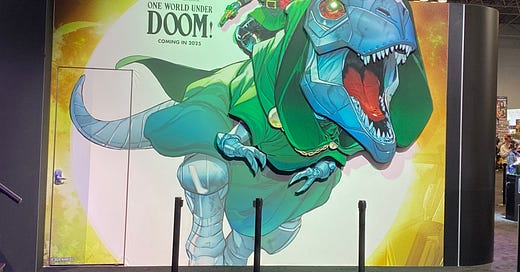




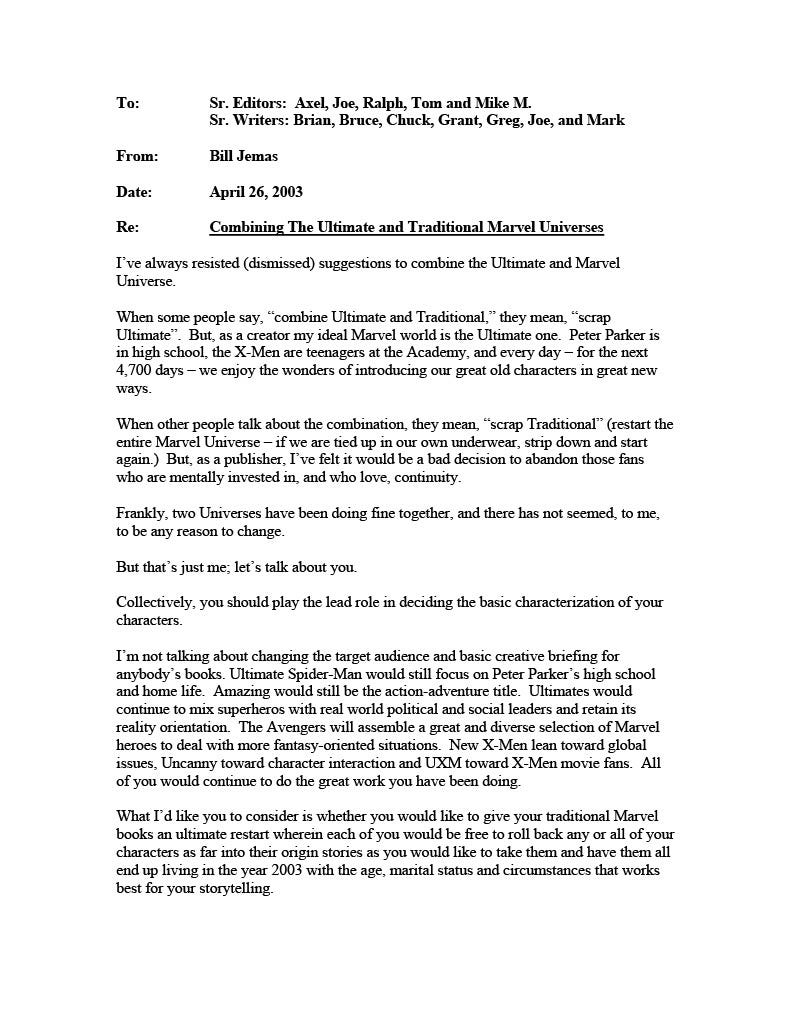
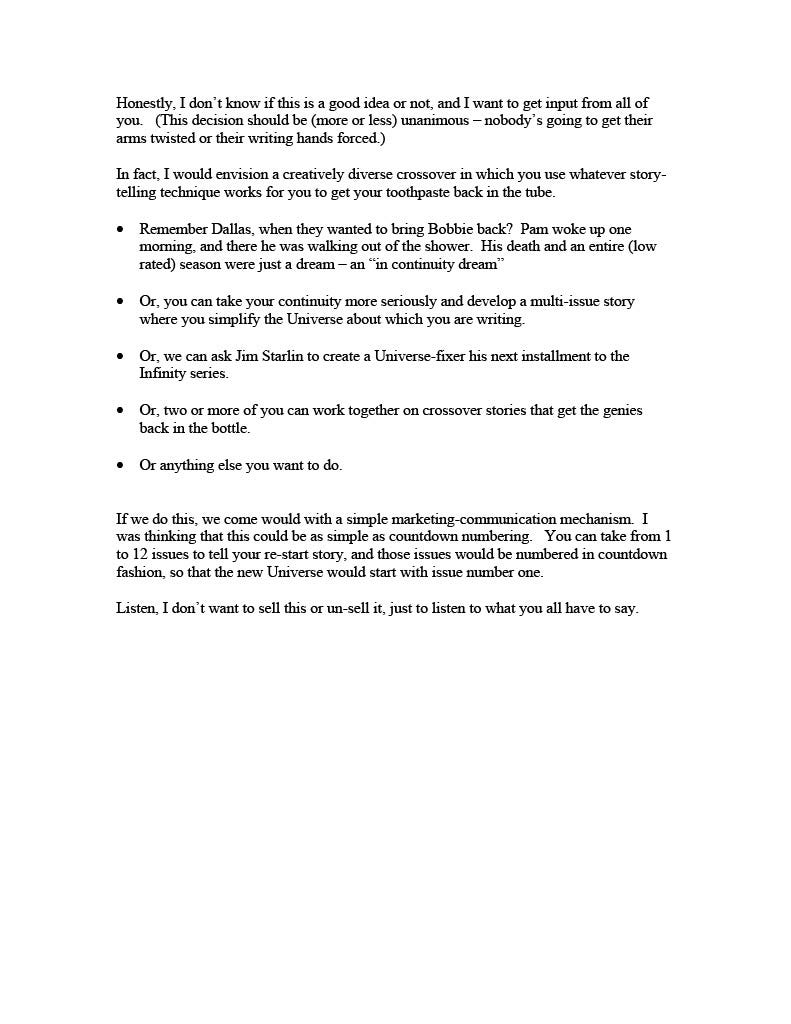

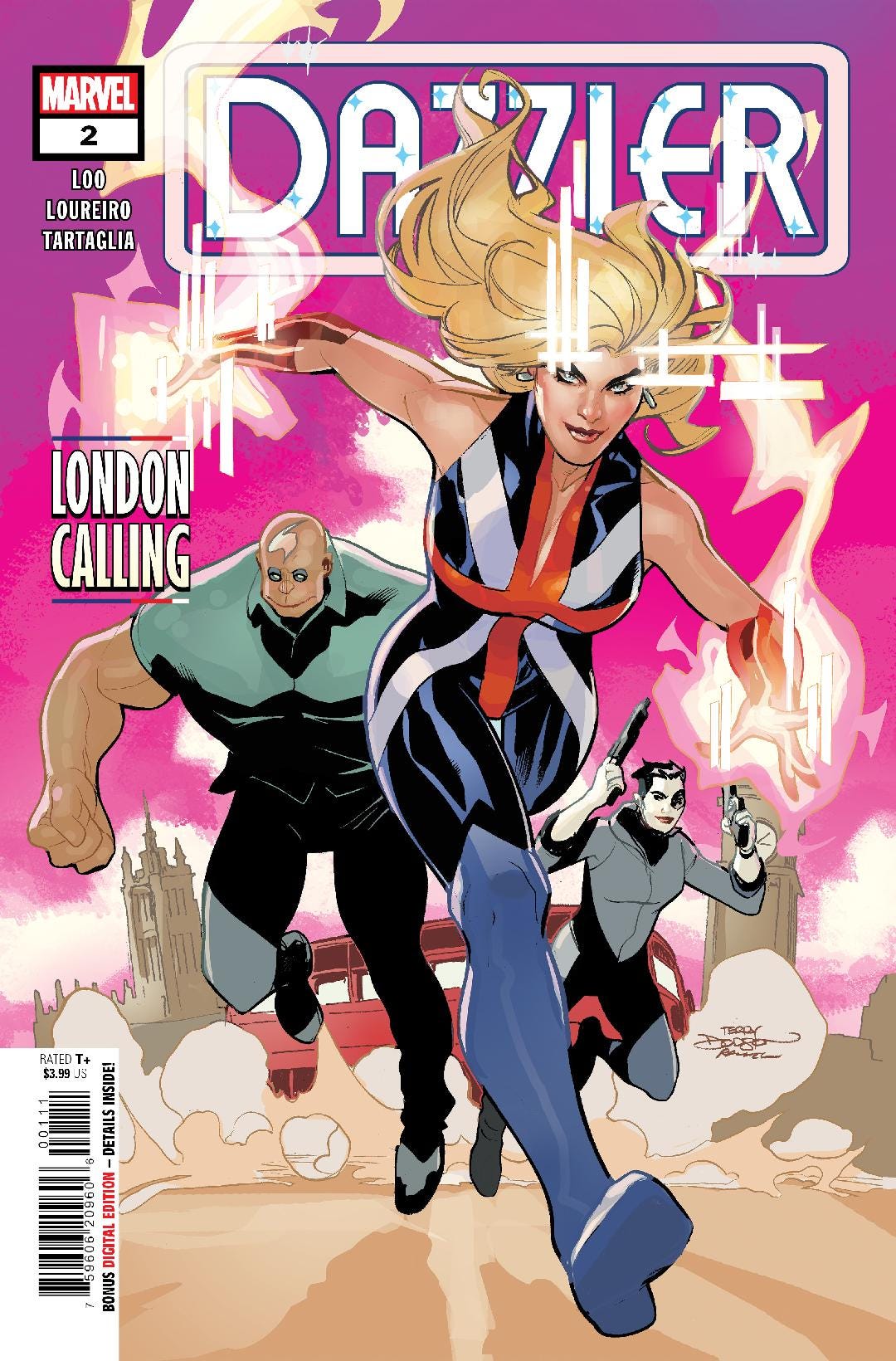
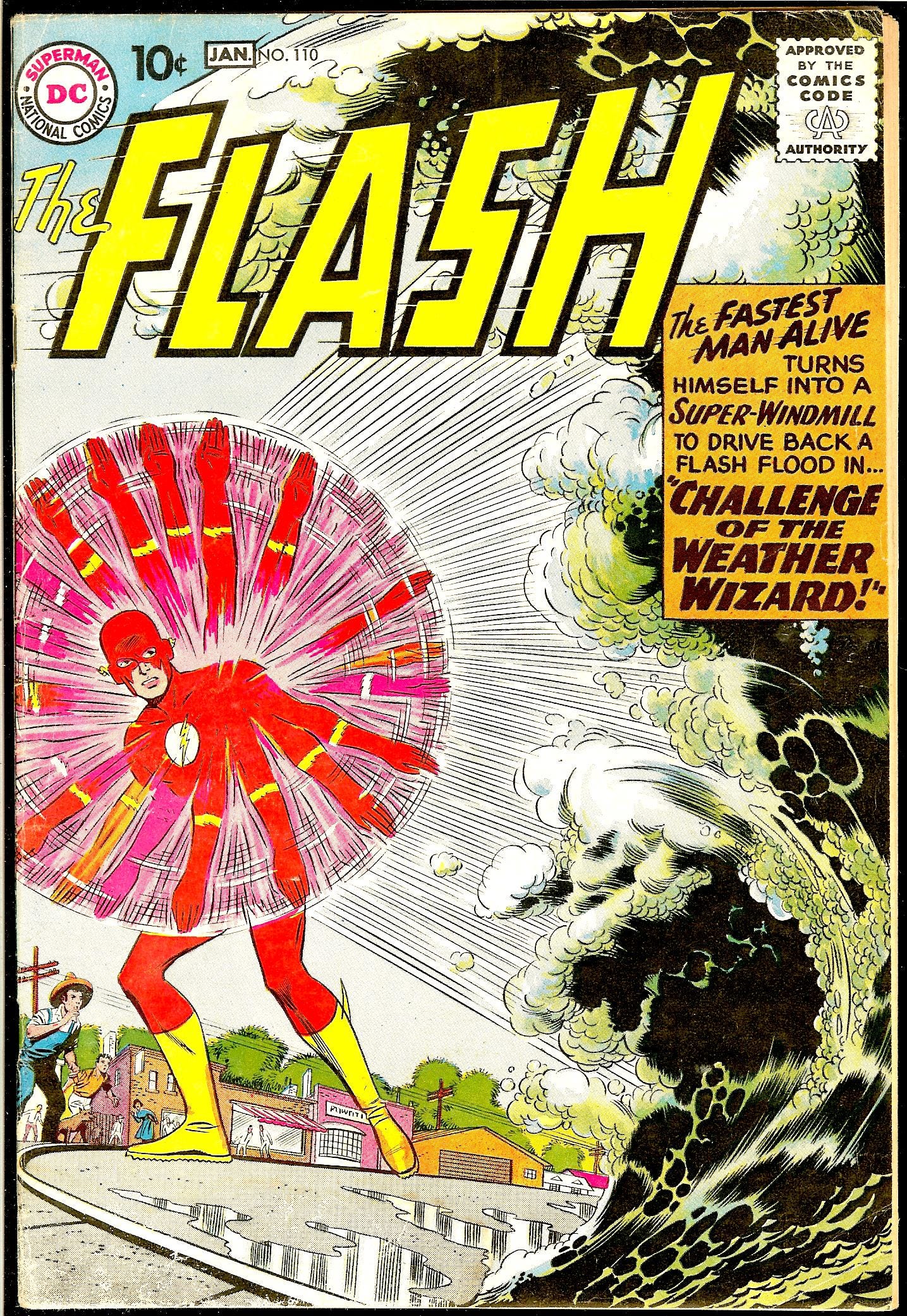
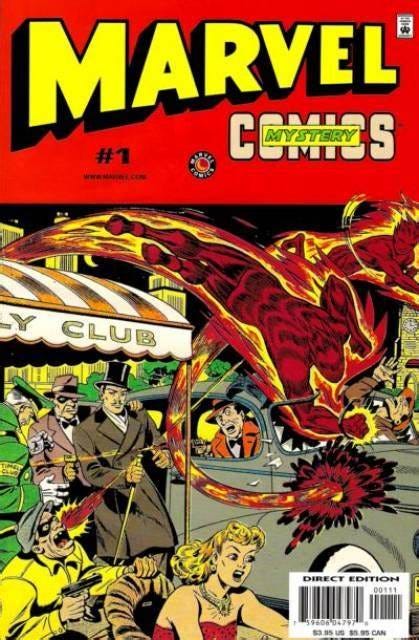
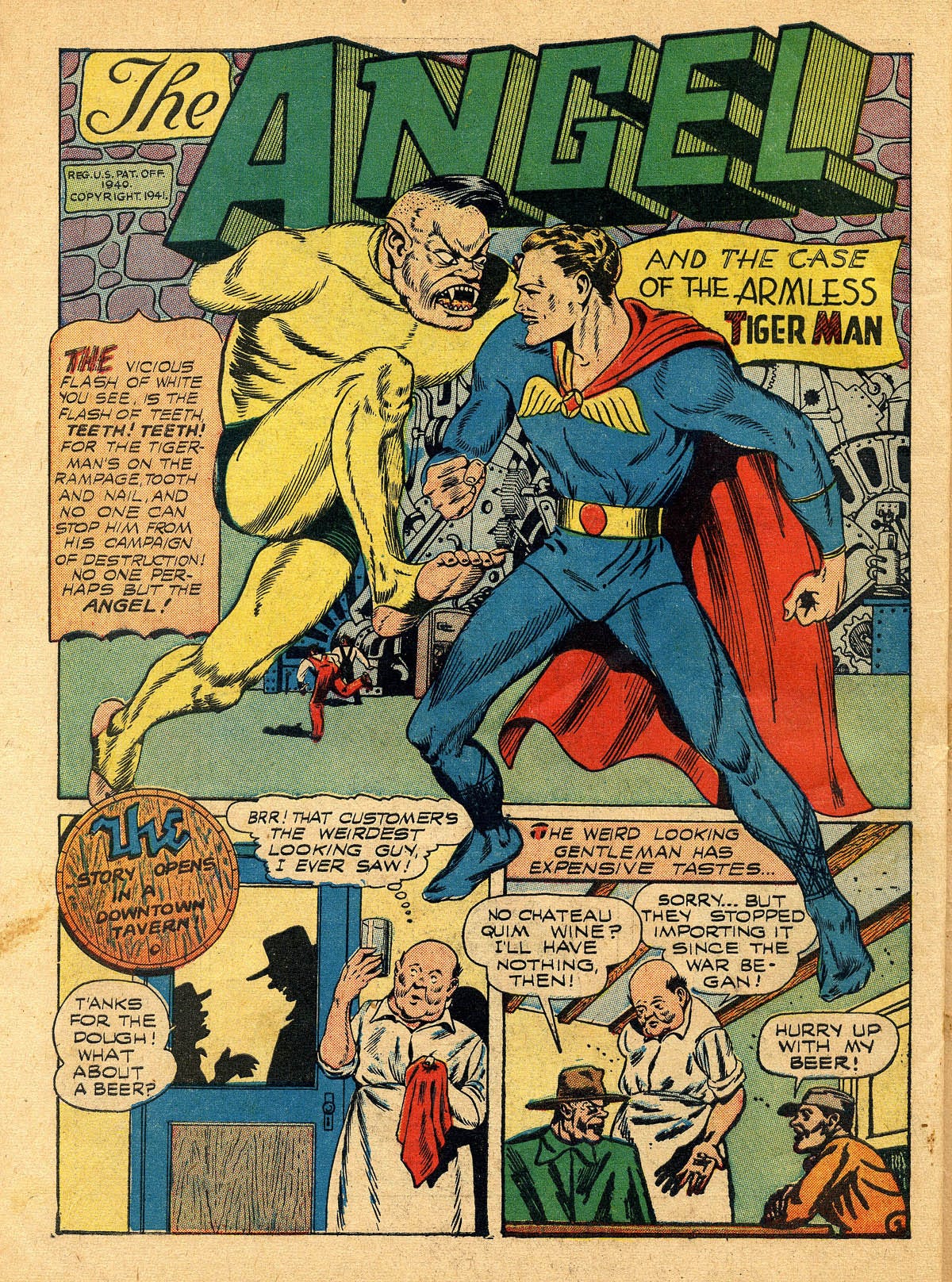

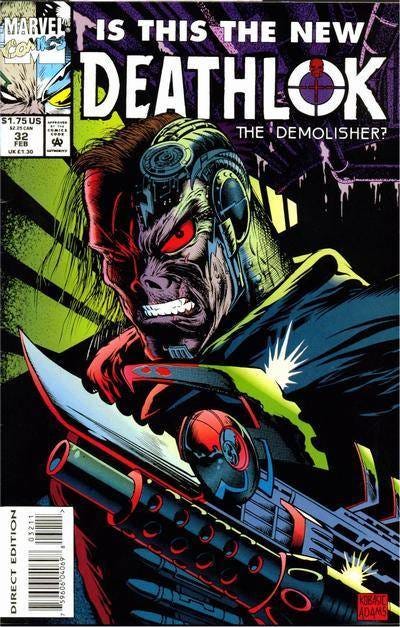
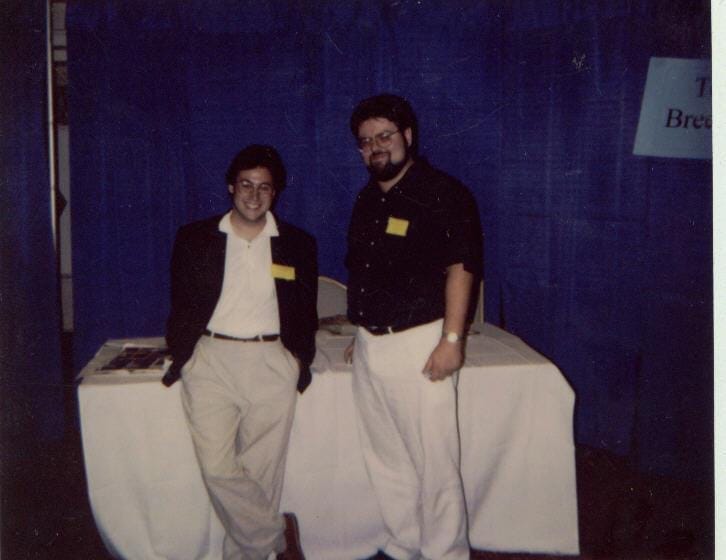
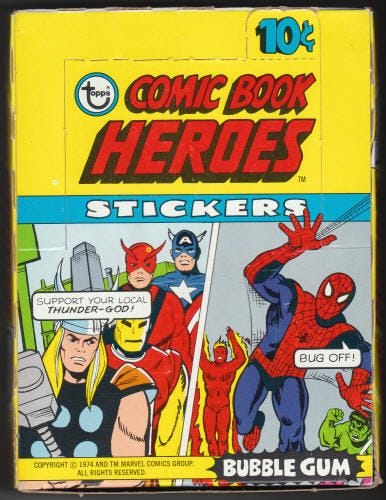
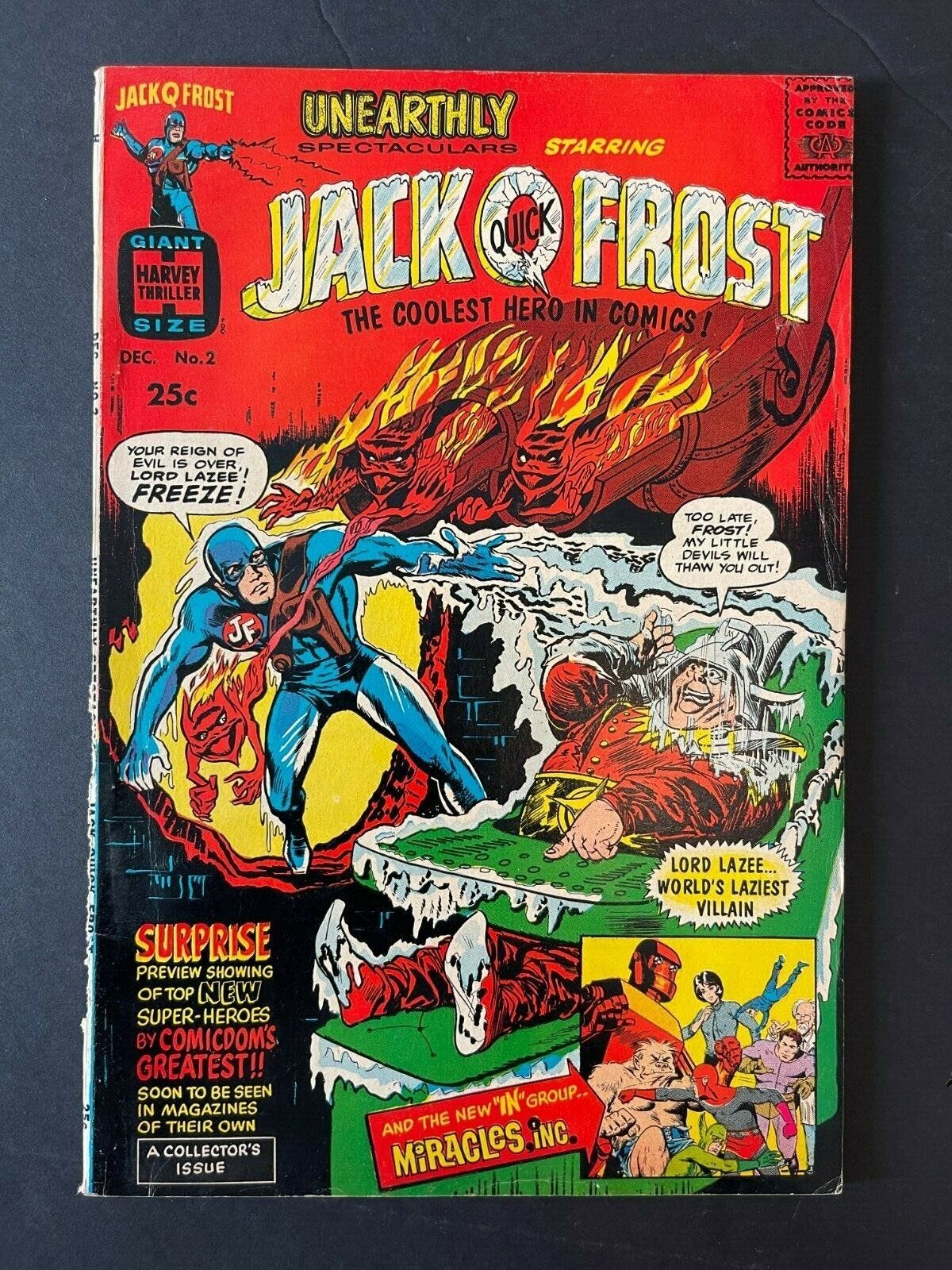
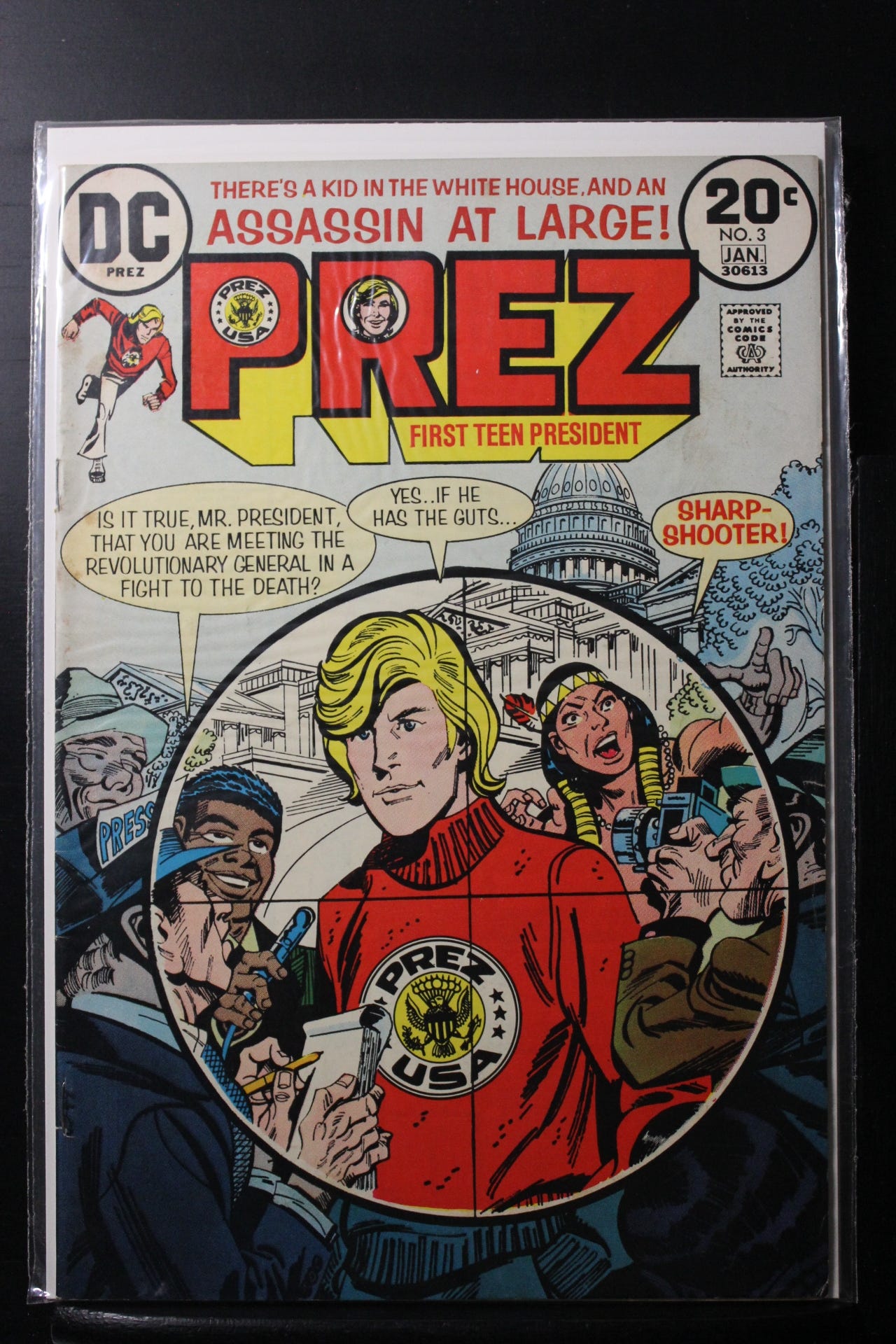
Jeff Ryan asks an interesting question. As far as I know, no book has ever been cancelled out of spite. HOWEVER there HAVE been books that an editor (not Tom) did not like or want to edit and did sabotage the book to get it cancelled. Sounds crazy...but I had a couple admit to it. When Heroes Reborn came about there was a LOT of anger because the creators on those books were left with no work whatsoever at Marvel...and it was felt that it was a major sip in the face too the editors as the books were taken from their control...but that's another story. I've never been better about cancellations. They were always a direct result of a book not selling and no editor ever cancelled a book.
This cover is one of my favorites done by Kevin. I loved coloring it. This story was not as confusing in the plot...funny how that goes. The biggest issue I have is that the coloring was done really fast and not acutely. And too many places where characters that really need to be colored correctly are instead knocked out in one color. I loved going BACK into the story from Captain America: Deathlok Lives. But the reader really needed to read THAT as well to keep it straight.
Speaking of Harrison Ford’s comedic timing, I would suggest you listen to his episode of Conan O’Brien’s need a friend podcast. I listened to it on a flight and was trying not to laugh out loud. So I was just doing that thing where you do that silentmy laugh and get all the physical movements except the sound. So much so that my seat mate (a stranger) shook my shoulder and asked with 100% seriousness if I was having a seizure!